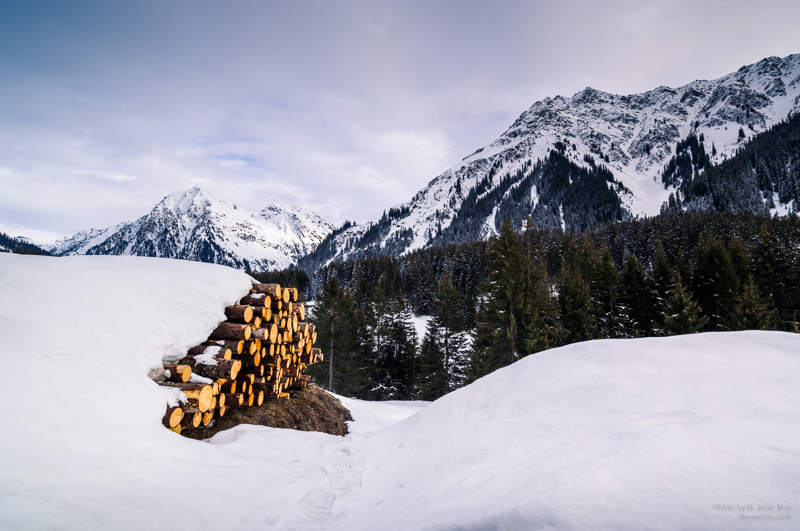Leica S3 - First Look
The Leica S3 is the latest edition of the S family of cameras. In 2019, I tested a pre-production prototype. This review is based on the use of this prototype.
I have been using the Leica S system since 2016. Prior to that most of my work was done with a 4x5 view camera. I have been so pleased with the Leica S that I almost do not miss the view camera. I have used Leica Typ 006 and Leica Typ 007; these cameras, along with Leica lenses, enable the photographer to concentrate on the work without thinking about the equipment. The resulting image quality is very high, while the effort of working with the equipment is very low. When a system works this well, how much can it be improved?
I am not an ambassador of Leica or any other manufacturer; consequently this review should be credible and without bias due to financial interest.
The general purpose of beta testing is to identify if there are functions that need to be changed before a product is released. I have been involved with beta testing with multiple manufacturers and products. During my testing, I identified bugs, submitted bug reports and also spoke with members of the development team. In this review, I will not discuss the bugs that I found, because this is a normal part of the development process, not relevant to the final product and did not inhibit producing images.
For those who are interested only in the bottom line, the S3 is a fantastic camera, building on the achievements of the S system for over ten years (jump to the photos below). Naturally, jpg images viewed from a website do not tell the complete story. However, I have made test prints of the images in this review, and they are exquisite. Anyone, who is the vicinity of Zurich, Switzerland should contact me here, if you wish to view the prints.
This review will not discuss specifications of individual components, which are readily available online, but will be oriented towards use of the S3 to produce images of outstanding quality. Furthermore, the evaluation of specifications of individual components may be interesting, but largely irrelevant when considering the performance of a system as a whole.
With the S3, Leica has continued the design philosophy of the S system, combining outstanding image quality, simple interfaces and weather resistance to deliver a system that is best-in-class for medium format digital.
The images below were processed with Lightroom. Sharpening was not added and sharpening masking was used. The reason for this is to show a high amount of detail with a subtle softness.
Summarit-S 70, ISO 100
Simple interfaces
As expected, the S3 is very easy to handle and operate. It is immediately noticeable when using the camera that the S3 continues the tradition of a bright and clear optical viewfinder. Although electronic viewfinders are improving, they have too many deficiencies for me, especially for medium format. The S3 continues with what I consider the best solution; combine the optical viewfinder with Live View, with which one can compose and also magnify for fine focus. The focus point is selected with the joystick located next to the rear display. There are two levels of magnification. For focus verification, it makes sense to use the second level of magnification, similar to using a magnifying loupe on a view camera. I tested the second level of magnification at wide apertures with the 24mm, 30mm, 70mm and 120mm lenses. I used maximum apertures in the focus testing, because shallow depth of field would have exposed focus errors if they had occurred.
Super-Elmar-S 24, ISO 100
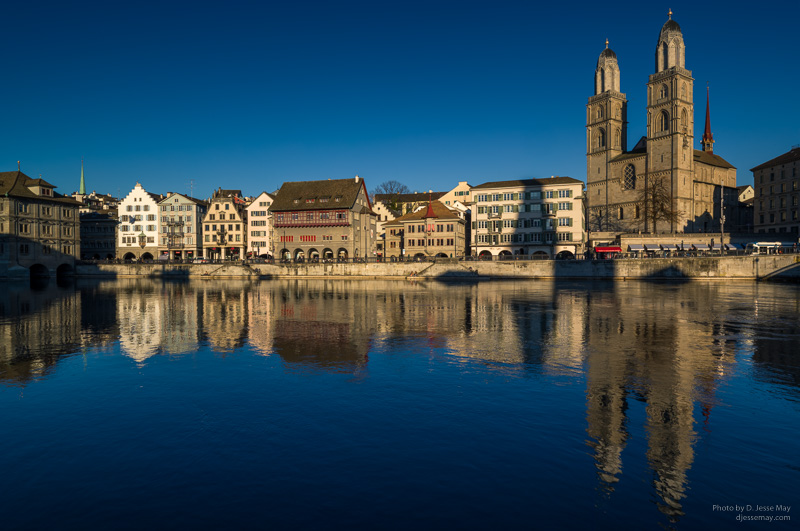
Detail from above photo

As with previous S cameras, there are four programmable buttons on the back of the camera, as well as a joystick with button-press function, and a thumbwheel. I programmed the four buttons according to my setup for other S cameras; upper left – ISO selection, lower left – drive mode, lower right – exposure bracketing, upper right – focus mode. Since I use the camera in manual focus mode, I set the joystick button for autofocus activation. With this setup I rarely need to go to the menus, which are also easy to navigate.
Photo by Leica Camera AG
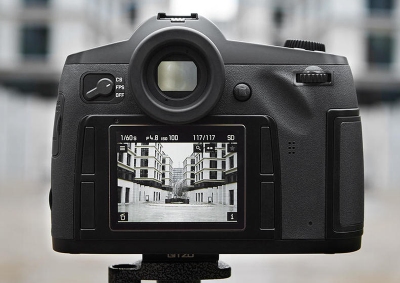
- ISO - I normally use a tripod and the base ISO of 100. When handheld with previous S cameras I normally use no higher than ISO 400 with the S Typ 006 and ISO 1600 with the S Typ 007. With the S3, I tested some handheld shots at ISO 12,500 with very impressive results.
- Drive mode - My usual drive mode is 2-second delay,since I mostly use a tripod; this eliminates vibration from multiple sources. With the S3, to change to single shot, continuous or interval mode, requires only a button push. I use single shot mode for handheld, unless I am using slow shutter speeds; then I use the 2-second delay.
- Exposure bracketing – I use multiple exposures for extreme lighting situations often enough to program a button to this function. The S3 ability to handle a wide brightness range, substantially reduces the need for exposure bracketing. This was also true for the S Typ 006 and S Typ 007, however, as I mentioned, this is for extreme lighting situations.
- Focus mode – I rarely deviate from manual focus, but it is programmed just in case I want to activate autofocus.
The top display on the S3 includes a focus distance display, as on the S Typ 007. This indicates the focus point distance, the nearest focus distance and the furthest focus distance. This is good for fast feedback on hyperfocal uses, however, I typically use the viewfinder or Live View for focus confirmation.
APO-Elmar-S 180, ISO 100, accurate color, the blues and magenta are real life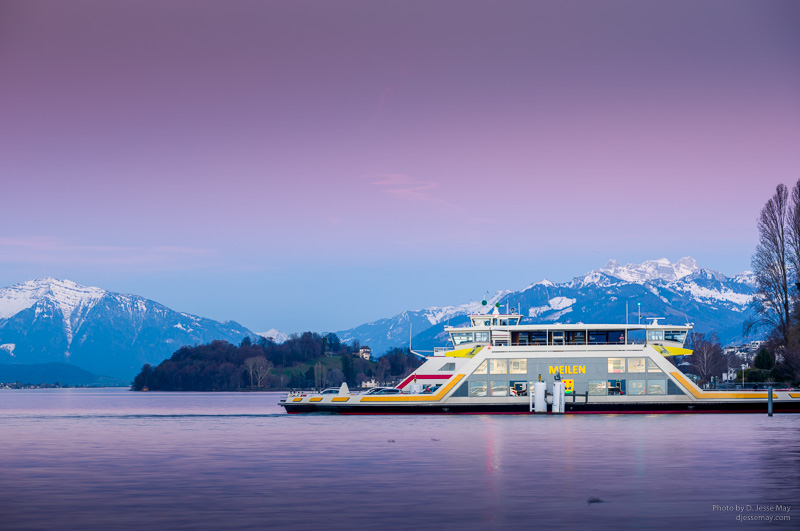
I tested the S3 during winter in Switzerland, where I live, and it can be quite cold. The S3 was easy to operate with gloves (a good method to test useability of any camera is to do it with gloves in the cold). The buttons are large and the thumbwheel is manuverable with gloves. And essentially, the shutter is operable with gloves. Futhermore, the battery is adequately sized so that regardless of temperature conditions, it was never required to use more than than one battery in a single day of shooting (always carry a back-up battery).
Weather resistance
There were no problems operating the S3 in cold, wind and snow. Weather resistance was a key factor when I first selected S cameras. I have used S cameras in wind so strong I could barely stand, torrential rain, snowstorms and dusty environments with no mishaps.
Image quality
How does one explain image quality? Several factors are important; tonality, detail, color rendition. Notice that the quantity of pixels is not one of the priorities, since virtually all medium format digital cameras have a sufficient quantity of pixels. However, an ever-increasing quantity of pixels is nice to have (more pixels can contribute to better tonality and detail) and comes along with other advances in sensor technology. I noticed no negative byproducts of the higher pixel count of the Leica S3. There is substantial misinformation communicated about poor results due to higher pixel counts. Poor results are typically due to flawed technique; the results would be poor regardless of the camera.
Color rendition – I do more black and white work than color work, and good color science is important for both. With the S3, I shot RAW, with daylight white balance, and I did not profile the camera with ColorChecker Passport. I wanted to evaluate the factory color calibration. The S3 color rendition is superb. Blue skies and red objects can be problematic with digital cameras. One only needs to review the countless number of images on the internet, some of which have been done by competent photograpers with good equipment, to see that blue and red frequently appear unnatural. With the S3, blue skies are natural-looking, red objects are not garish and skin tones are also natural. Leica color science is as good as it gets. The S3 is also the black and white photographers's best friend.
APO-Macro-Summarit-S 120, ISO 6400, accurate green, red and blue, handheld
The S Typ 006 and S Typ 007 already delivered superb image quality and easy operation. The S3 improves on them noticeably. In fact, one could be somewhat sloppy in image capture and the S3 will compensate for some sloppiness. The wide brightness capture range of the S3 can mitigate many exposure mistakes, eliminate some (not all) need for multiple exposure blending and almost eliminates the need for graduated neutral density filters. However, to take full advantage of the capabilities of the S3, good technique is required. For example, camera movement, overexposure, etc., will waste the capabilities of brightness range, color rendition, high ISO, great lenses, etc.
The S3 advanced image quality enables the following:
- Panorama images without multiple image stitching. This is useful with scenes that have breaking waves or other moving patterns. Additionally, I like 1x2 and 1x3 aspect ratios, therefore, the S3 is a fine tool for creating single-shot panoramas. A stitched image will be preferable in some situations, and the S3 works well for stitching.
- Product photography, when a single image can be used for multiple crops, instead of shooting multiple setups.
- When it is not possible to get close enough, and therefore cropping is required. In general, I avoid cropping; I work with the entire frame of whatever camera and lens I am using. The common exception is when shooting a panorama.
- Digitizing negatives and transparencies. I copied 4x5, 6x6 and 35mm negatives using the S3 and APO-Macro-Summarit-S 120 lens. With respect to 4x5 and 6x6 negatives, this has eliminated the need to use an Imacon/Hasselblad scanner or a drum scanner. I was able to extract detail from all areas of negatives including very dense areas (glaciers and snow). The results are of such quality that I may not be making darkroom prints in the future.
- High ISO – ISO 12,500 images are very good, with very little noise.
APO-Macro-Summarit-S 120, 6x6 Tmax 400 negative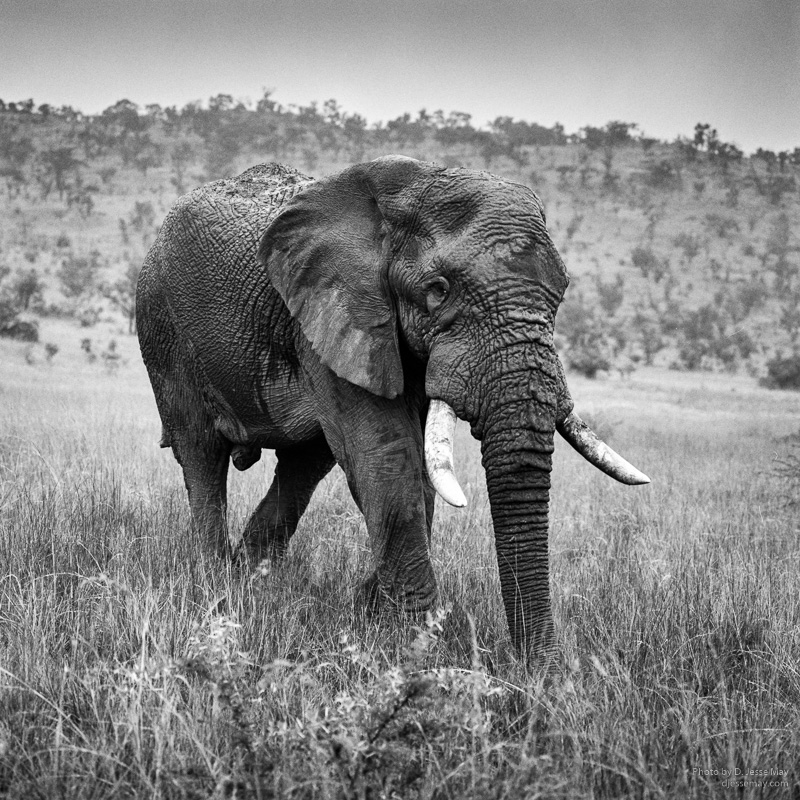
Detail from above photo

APO-Macro-Summarit-S 120, 4x5 Tmax 100 negative, wider density range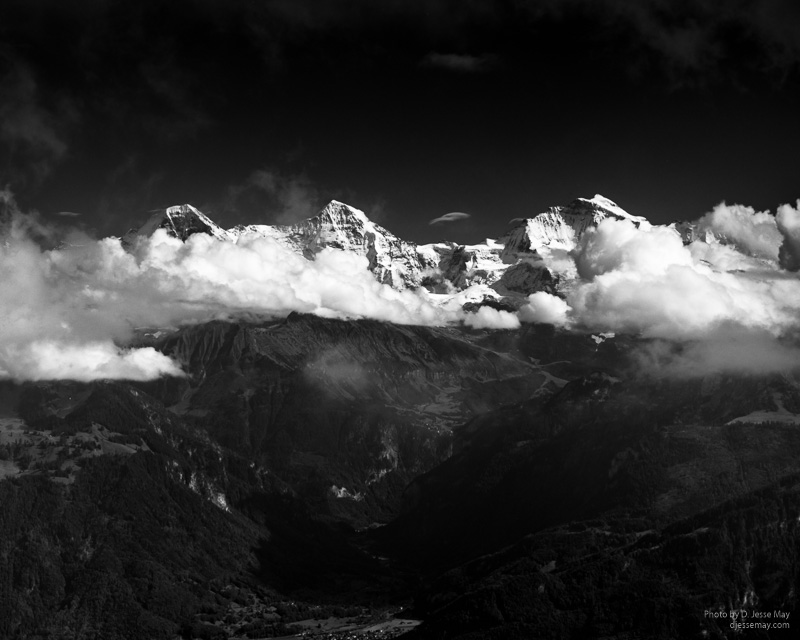
APO-Macro-Summarit-S 120, 4x5 Tmax 100 negative, widest density range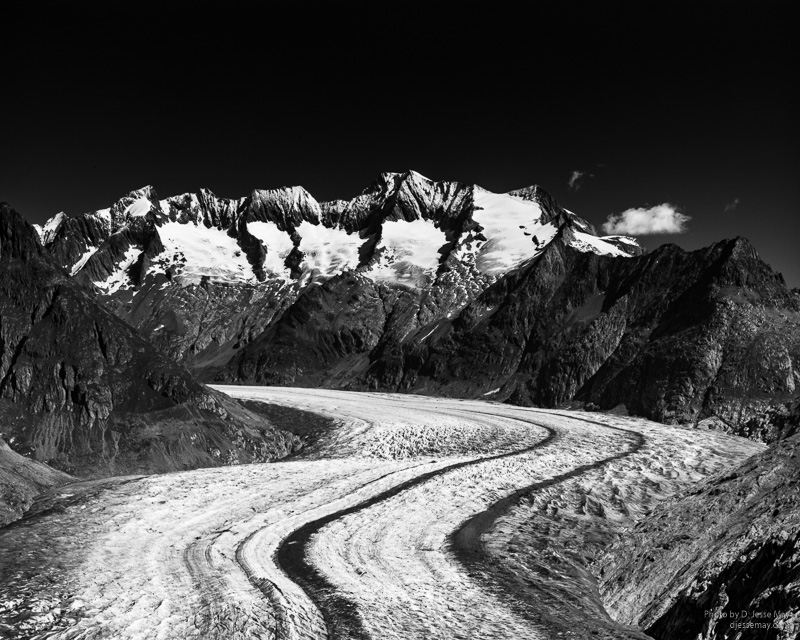
APO-Macro-Summarit-S 120, ISO 12,500 handheld, low noise, accurate color
APO-Macro-Summarit-S 120, ISO 12,500 handheld, low noise, accurate color
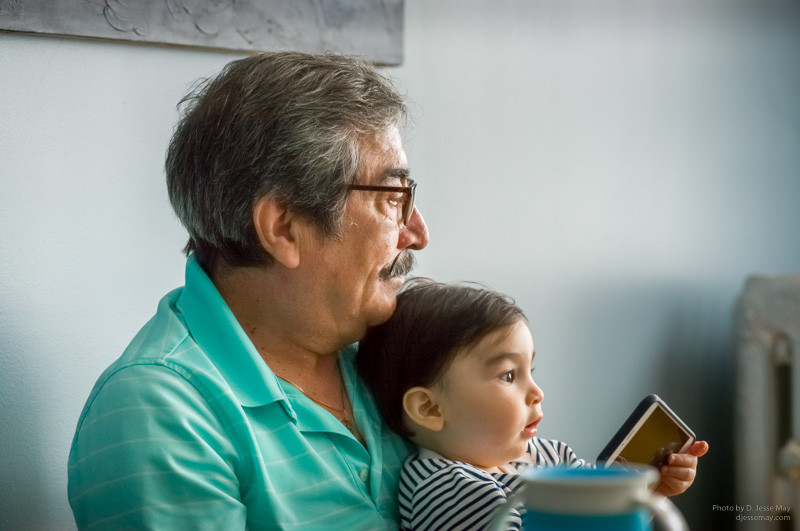
Detail from above photo

Super-Elmar-S 24, ISO 100, 10-stop neutral density filter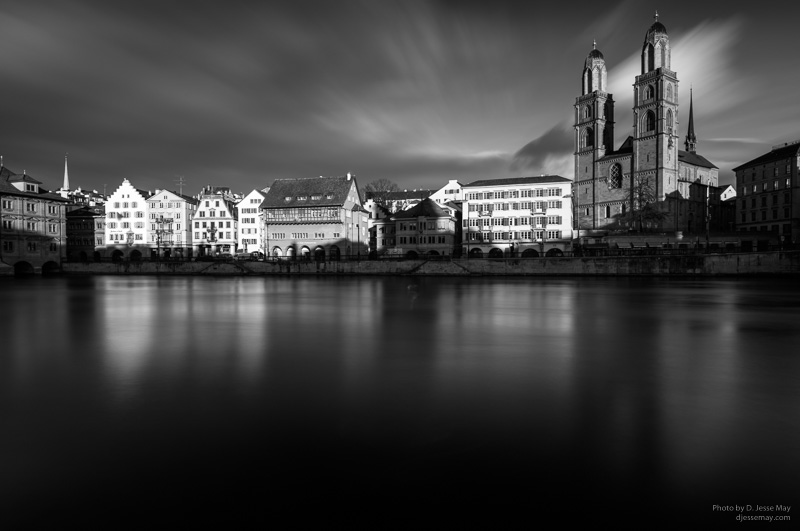
APO-Macro-Summarit-S 120, ISO 100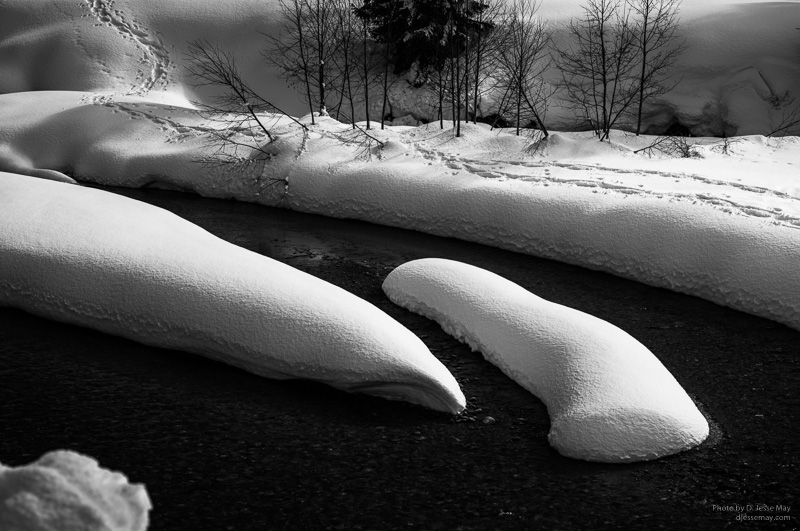
APO-Elmar-S 180, ISO 100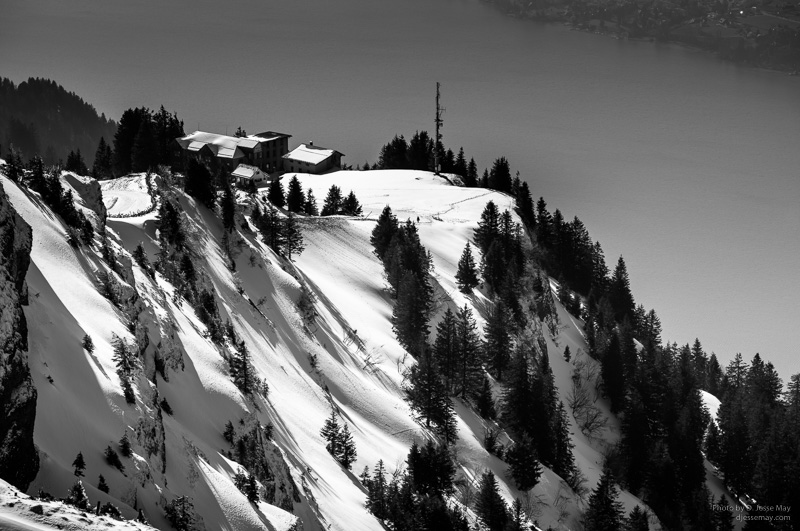
The S3 increases the longest exposure from two minutes to eight minutes. Although I have infrequently used longer than two minute exposures with other cameras, I thought that this was a shortcoming with the earlier S cameras. The longest exposure I have done with a view camera is fifteen minutes. I have also done exposures between four and ten minutes, however, most have been two minutes or less. Eight minutes is a welcome improvement. I would like to see a change to long exposure noise reduction, to make it optional.
Super-Elmar-S 24, eight minutes exposure for testing purposes, ISO 100
Super-Elmar-S 24, single shot panorama, ISO 100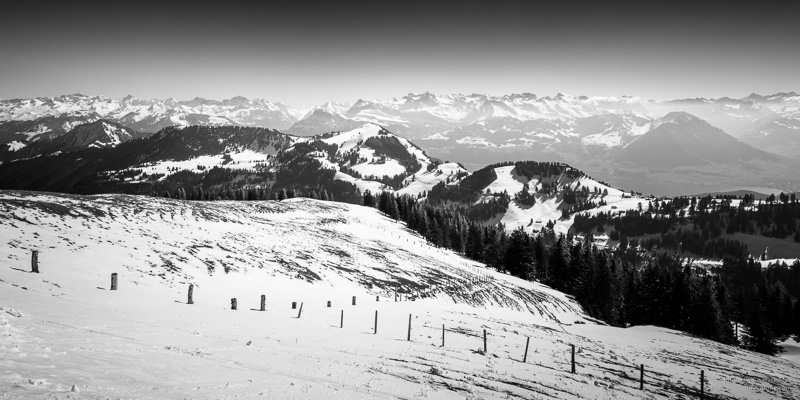
APO-Elmar-S 180, ISO 100, stitched
Super-Elmar-S 24, ISO 100
APO-Macro-Summarit-S 120, ISO 100
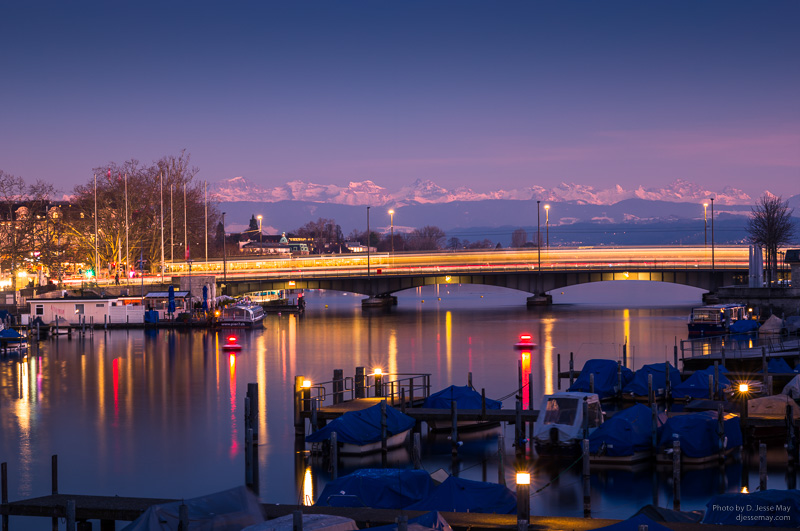
Who should use the S3?
- Photographers that choose image quality as one of their highest priorities. This includes landscape, architecture, portrait, fashion and product photography.
- Photographers that do not want to fuss with their equipment. The simplicity of the S3 eliminates distractions due to equipment.
- Photographers that work with negatives, transparencies and flat art reproduction.
- Photographers that print their work. The physical ouput is where the image quality can be clearly seen.
- Photographers that are not trying to work at high speed. That means that if one is looking for 10 frames per second, the S3 is probably not the appropriate camera.
In conclusion, the S3 is a best-in-class product for medium format digital photography. It is not just because of an excellent sensor, it is not just because of an outstanding optical viewfinder, it is not just because it is easy and effortless to use, it is not just because of good color science and it is not just because of weather resistance; it is because Leica has combined all of these attributes into an elegant package to be used with a complement of extraordinary lenses.
The Leica S3 also has considerable video capabilities, however, I do not have the expertise to discuss this topic.
For questions or comments, please use the contact form, with "S3 review" in the subject field.
